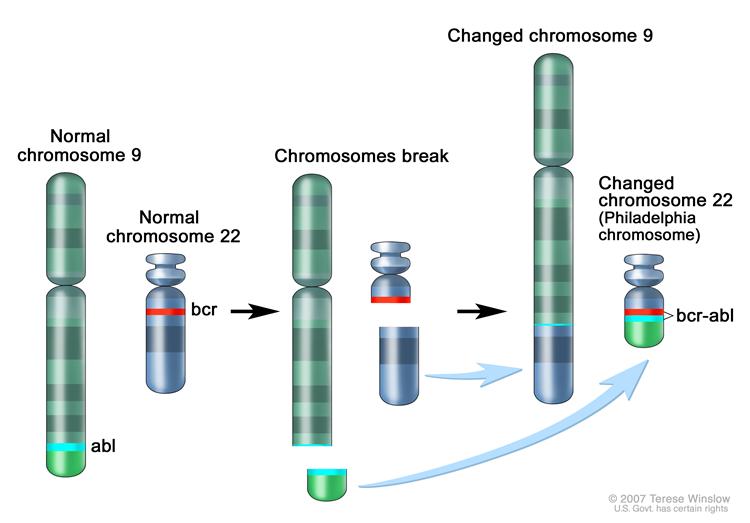Myeloproliferative neoplasm pathophysiology
|
Myeloproliferative Neoplasm Microchapters |
|
Differentiating myeloproliferative neoplasm from other Diseases |
|---|
|
Diagnosis |
|
Treatment |
|
Case Studies |
|
Myeloproliferative neoplasm pathophysiology On the Web |
|
American Roentgen Ray Society Images of Myeloproliferative neoplasm pathophysiology |
|
Directions to Hospitals Treating Myeloproliferative neoplasm |
|
Risk calculators and risk factors for Myeloproliferative neoplasm pathophysiology |
Editor-In-Chief: C. Michael Gibson, M.S., M.D. [1]
Overview
The major clinical and pathologic findings in the myeloproliferative neoplasms (MPNs) are due to dysregulated proliferation and expansion of myeloid progenitors in the bone marrow, resulting in increased numbers of mature granulocytes, erythrocytes, or platelets in the peripheral blood.
Pathophysiology
 |
Genetics
Although no specific genetic abnormalities or disease-initiating events have yet been identified for most of the MPNs, abnormal activation of tyrosine kinase-dependent signal transduction pathways are frequently implicated in their pathogenesis.
Chronic Myelogenous Leukemia
Template:Seealso In chronic myelogenous leukemia, the Phialdelphia chromosome results from a balanced reciprocal translocation between chromosomes 9 and 22 termed t(9;22)(q34;q11.2). This leads to formation of a hybrid BCR-ABL gene which encodes for an oncoprotein p210BCR-ABL with a constitutive tyrosine kinase activity. Activation of the BCR-ABL oncogene and downstream signaling pathways confers survival advantage to leukemic cells and suppresses normal hematopoiesis.
Polycythemia Vera
In Polycythemia Vera, the erythroid progenitors are hypersensitive to a number of growth factors, including insulin-like growth factor-1 (IGF-1). The receptor for IGF-1, a member of the tyrosine kinase family of receptors, is hyperphosphorylated in the erythroid precursors in PV, and this could permit abnormal activation of a number of pathways such as RAS. In addition, as in CML, there is increased transcription of genes that block apoptosis in PV. Whether similar molecular events will be found in the other MPNs remain to be seen. The events that lead to disease progression in any of the MPNs are poorly understood at the current time.
Myelofibrosis
One of the important bone marrow findings that overlaps the various MPN entities is myelofibrosis. The fibrosis is a secondary phenomenon in the MPNs; the fibroblasts donot belong to the neoplastic clone. Instead, the fibrosis is most likely caused by the abnormal production and release of several cytokines and growth factors, such as platelet-derived growth factor and transforming growth factor-Beta (TFG-β), by megakaryocytes and other marrow cells. These cytokines stimulate fibroblastic proliferation and the synthesis of fibronectin and collagen.[2]
References
- ↑ "Chronic Myelogenous Leukemia Treatment".
- ↑ Jaffe, Elaine (2001). Pathology and genetics of tumours of haematopoietic and lymphoid tissues. Lyon Oxford: IARC Press Oxford University Press (distributor. ISBN 978-9283224112.